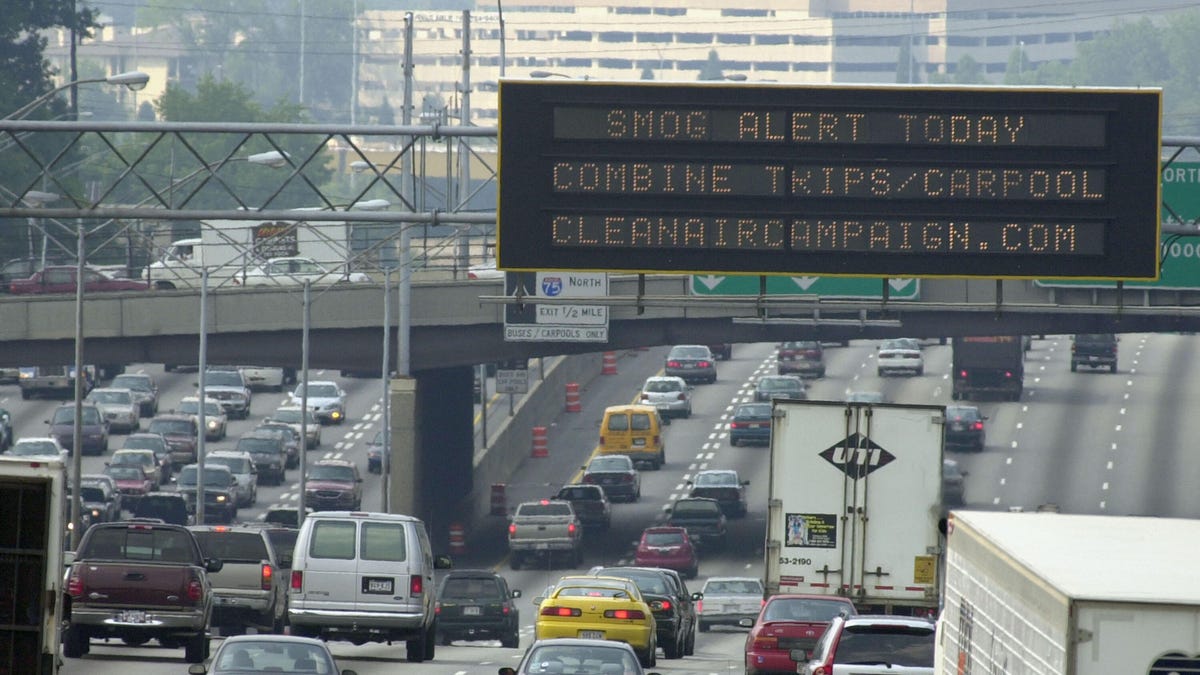Average fuel economy fell in 2019, EPA reports
The US vehicle fleet returned an average of 24.9 miles per gallon, down from 25.1 mpg in 2018.

The good news is, fuel economy should increase in 2020.
Americans bought more cars that deliver poorer fuel economy results in 2019, and the average US vehicle's fuel efficiency fell in the process. The Environmental Protection Agency released its Annual Automotive Trends Report on Wednesday, which showed the US fleet returned a rating of 24.9 miles per gallon in total, down 0.2 mpg from 2018.
Large SUVs and trucks were the largest contributors to the tick downward in fuel efficiency, the EPA said, though it estimated that average fuel economy will actually shoot up to 25.7 mpg for 2020 -- a new record, if realized. Breaking down car buying trends, a whopping 56% of vehicles in the active US fleet were light-duty trucks. The figure includes most SUVs sold by regulatory standards. In comparison, just 44% of vehicles on US roads were passenger cars. In other words, the number of SUVs and trucks on US roads handily outdoes the number of sedans , hatchbacks and the like. And more often than not, the former category returns worse fuel economy.
The EPA also pointed out numerous automakers failed to meet the previous Obama administration's fuel economy standards without the help of purchased credits to remain in regulatory compliance. Fiat Chrysler Automobiles bought the most credits to stay in compliance, with 82.1 million credits purchased. Tesla , which only sells electric cars , sold credits worth a tally of 39.8 million. Honda and Toyota also sold credits: 33.8 million and 40 million, respectively.
The latest fuel economy regulations the Trump administration enacted in 2020, as part of the SAFE Vehicles Rule, are meant to ease compliance for automakers with smaller fuel economy increases through 2026. As it stands, automakers will only be required to improve fuel economy and decrease emissions by 1.5% each year through 2026, a massive cut from Obama-era regulations that called for 5% increases and reductions. With the new standards, automakers will need to meet a corporate-wide fuel economy average of 40.4 mpg in five years compared to 54 mpg under the now defunct Obama administration rules.
President-elect Joe Biden, however, has vowed to overturn the regulations and may very well restore the Obama-era rules, or perhaps go further. Automakers have already signaled they're ready to take on tougher rules, as some, including Ford , Honda and Volkswagen , band together to support California's regulations. Others, such as General Motors , dropped support for a Trump administration lawsuit challenging the state's standards and threw their weight behind the incoming Biden administration.

